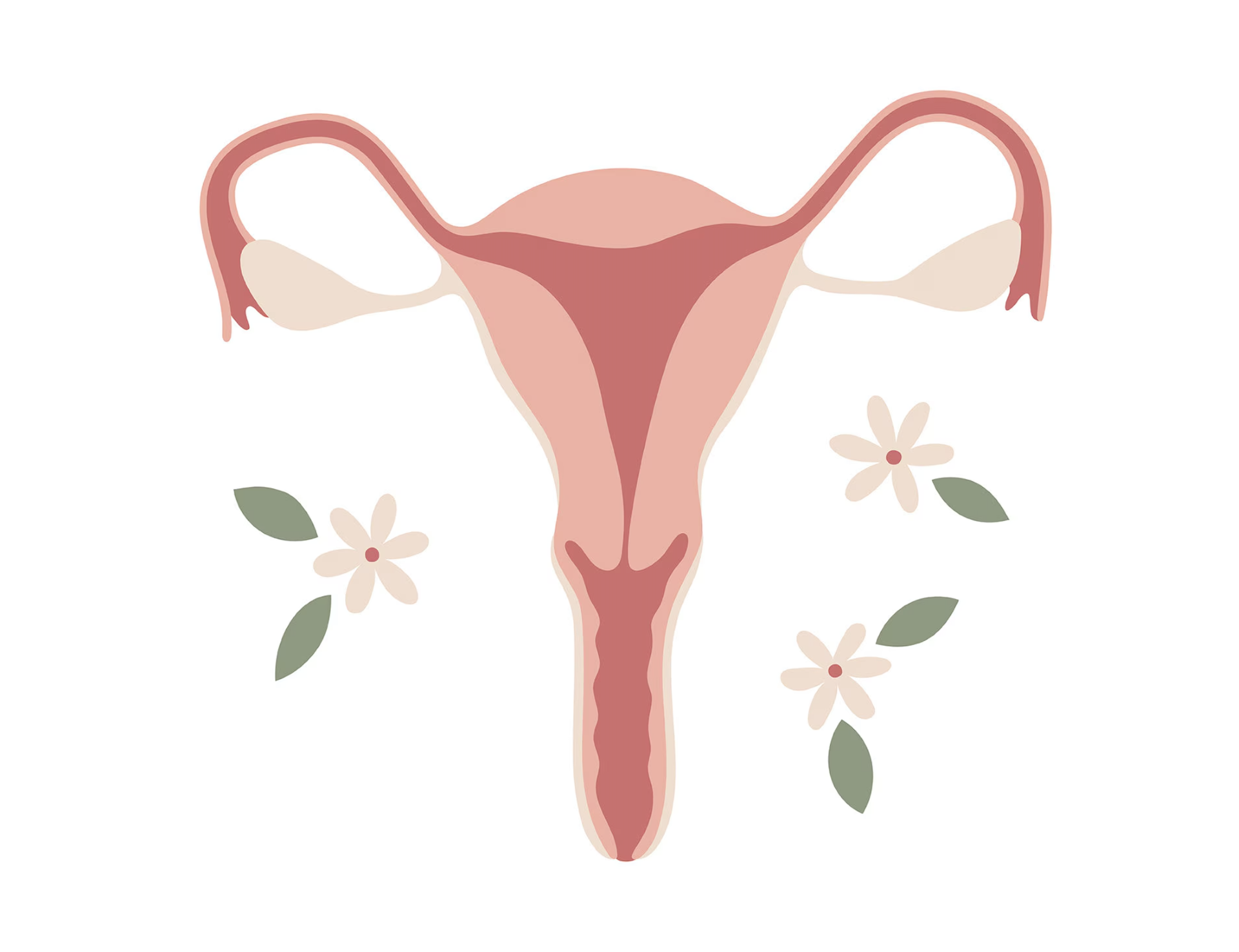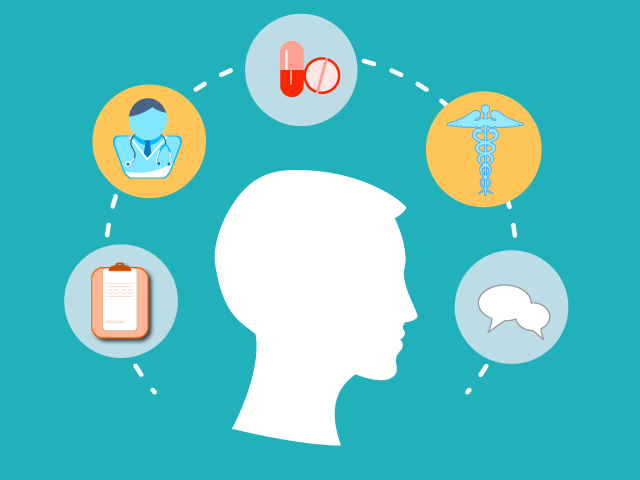
Social Determinants of Health Screening
The Social Determinants of Health (SDoH) Screening is conducted to identify a variety of social risk factors present in UConn Health’s patient population and provide resources to bridge gaps in access to healthcare. These social risk factors may impact the quality of care the patients receive. Examples of such social risk factors include food insecurity, housing insecurity, tobacco use, and many more. When social risk factors are identified with a patient, volunteers provide resource interventions to bridge gaps in resource access and healthcare quality. Social risk factors are conveyed to the clinician. The clinician is able to make informed care decisions based on the patient’s circumstances and resources available to them as a result of the screening and interventions provided. The goal of this screening is to give patients equitable access to healthcare, without the inhibitions of various social risk factors.

Gynecologic-Oncology Project
Gynecologic-oncology (Gyn/Onc) is a field that studies, diagnoses, and treats cancers in individuals who are biologically female, including cancers of the ovary, endometrium, and uterus. Studies have shown a high burden of social determinants of health in these populations [1], and this project was created with the goal of identifying these SDoH needs and addressing them for Gyn/Onc patients in our community. For the purposes of this project, volunteers on this project are also trained and certified as research personnel through the UConn Health Center. The goal of the research study is to identify whether there is an association between SDoH burden and/or specific SDoH needs and cancer severity at presentation.

Perioperative Health Literacy Screening
Health literacy includes the degree to which individuals can find, understand, and use information and services to make informed health-related decisions. Within surgical fields, a low health literacy may limit a patient’s capacity to understand and follow preoperative protocols and postoperative instructions potentially compromising surgical outcomes. As a part of the Perioperative Health Literacy Screening Project, volunteers will assist surgical teams by screening patients for low health literacy. By gathering crucial data on a patient’s health literacy level, volunteers help streamline communication between patients and surgeons, allowing for more personalized pre- and post-operative instructions. This initiative not only improves patient safety and surgical outcomes but also provides valuable hands-on experience for those interested in surgical careers.
Retired Projects

Health Literacy Project
Health literacy includes the degree to which individuals can find, understand, and use information and services to make informed health-related decisions. Individuals with below basic/basic health literacy utilize the healthcare system more often and spend more on prescriptions compared to those with above basic literacy. [2] These patients have greater transitional care needs when being discharged to home and are placed at a higher risk of adverse outcomes such as hospital readmission. [3] The Health Literacy Project aims to assess health literacy of patients at John Dempsey Hospital. Volunteers utilize a validated screening tool on iPads to assess if the patient can 1.) Read the words aloud correctly, and 2.) Define the words correctly. The data collected has been utilized to evaluate differences in reading and comprehension scores, along with differences in scores among various demographics (age, race, gender, ethnicity). This information provides insights important to creating tailored methods of communication for patients of all levels of reading and comprehension.
Sources
[1] Nyakudarika NC, Holschneider CH, Sinno AK. Universal social needs assessment in gynecologic oncology: An important step toward more informed and targeted care in the public safety net. Cancer. 2021;127(20):3809-3816. doi:10.1002/cncr.33761
[2] Rasu RS, Bawa WA, Suminski R, Snella K, Warady B. Health Literacy Impact on National Healthcare Utilization and Expenditure. Int J Health Policy Manag. 2015 Aug 17;4(11):747-55. doi: 10.15171/ijhpm.2015.151. PMID: 26673335; PMCID: PMC4629700.
[3] Boyle J, Speroff T, Worley K, Cao A, Goggins K, Dittus RS, Kripalani S. Low Health Literacy Is Associated with Increased Transitional Care Needs in Hospitalized Patients. J Hosp Med. 2017 Nov;12(11):918-924. doi: 10.12788/jhm.2841. Epub 2017 Sep 20. PMID: 29091980.